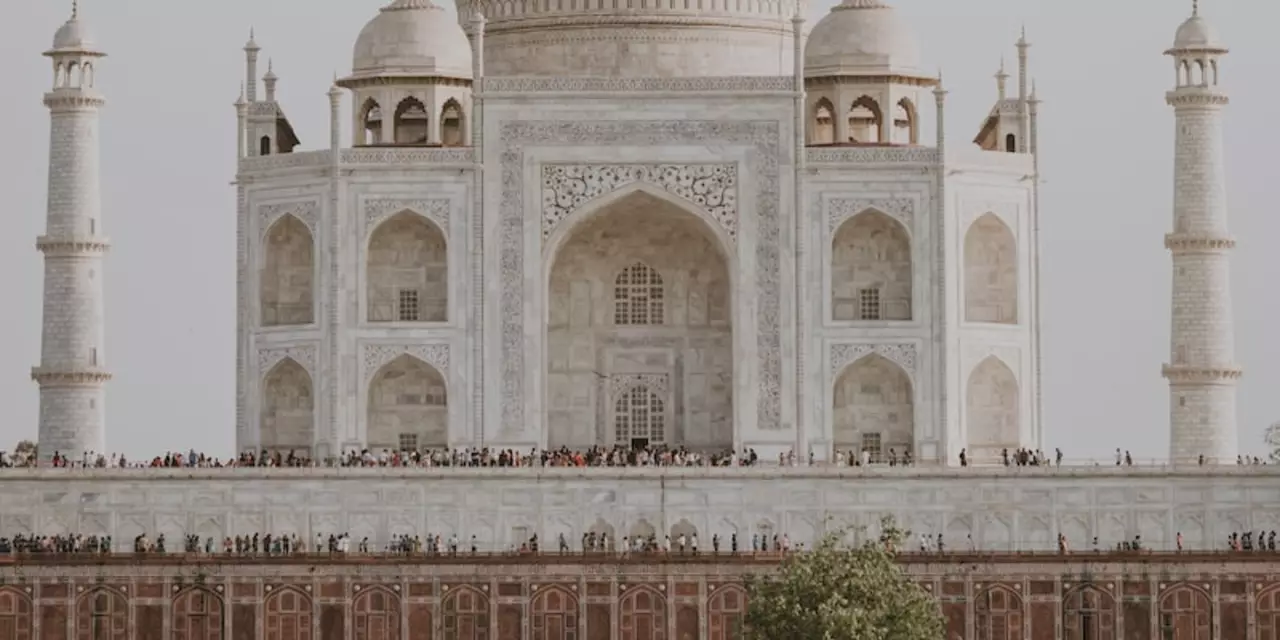Newspaper: clear takes on news, media and what matters
Too much noise in the headlines? This newspaper tag collects straight, practical pieces that help you know what’s actually going on — and why it matters. You’ll find stories, quick explainers, and sharp takes on how Indian news works, from court rulings to media battles and the big debates shaping public life.
What you’ll find here
Think of this tag as a compact news toolkit. There are explainers about important decisions like the Supreme Court’s stance on VVPAT and EVMs, posts about public channels such as DD News, and discussions on how political influence shows up in media. You’ll also see articles on related public issues — for example, national security coordination, consumer banking updates that hit headlines, and debates about who controls the narrative in newsrooms.
Some pieces dig into media behavior: why certain outlets chase attention, how sensationalism grows, and where responsible reporting still exists. Other posts give on-the-ground perspective: how people react to policies, where misinformation tends to spread, and what to watch during big events like elections or major court orders.
How to read these stories and spot reliable coverage
Start by checking the source and date. A credible report names officials, cites documents, or quotes court orders and agency statements. If a claim sounds dramatic but lacks sources, treat it with caution. Cross-check with multiple outlets, especially for fast-moving stories about politics or law.
Watch for signs of bias: repeated use of loaded words, one-sided quotes, or headline claims that don’t match what the article actually says. For technical topics — say, voting machines or legal rulings — look for pieces that explain the basics first, then show the implications. That helps you decide how much the story should matter to you right now.
Use public records and court releases when possible. For example, if a post mentions a Supreme Court decision or an Election Commission statement, search for the official text or summary. Official documents clear up confusion and stop wild speculation.
This tag is also practical: expect tips on following ongoing stories, how to save time while reading, and how to separate confirmed facts from opinion. Want to track a debate? Look for timeline-style posts that list key events and dates. Prefer quick takes? Check short explainers that tell you the bottom line in plain language.
Finally, engage with a healthy dose of skepticism and curiosity. News is a mix of facts, interpretation, and priorities. Use the articles under this newspaper tag to stay informed without getting overwhelmed — read smart, question sources, and keep the focus on verified facts and clear context.

The first Hindi newspaper in India was the Udant Martand, published on May 30, 1826 in Calcutta. It was printed with a wooden press and was the first newspaper to be printed in the Devanagari script. The newspaper was founded by Pt. Jugal Kishore Shukul, a scholar of Sanskrit, Hindi, Persian and Urdu and was published until 1832. Udant Martand was followed by a number of other Hindi newspapers, including the Samachar Sudhavarshan (1832), the Hindustan (1840) and the Hindostanee Courier (1842). These early Hindi newspapers played an important role in the development of the language and literature of India.
Read More